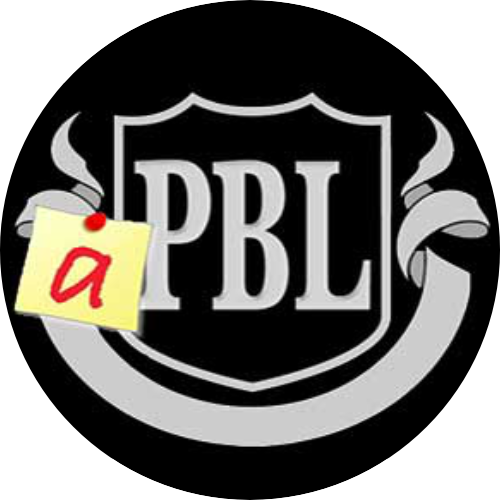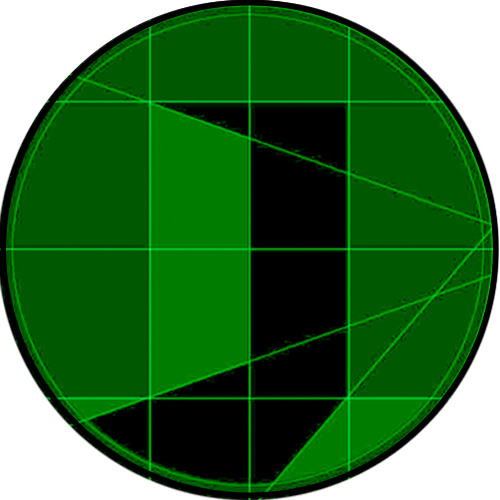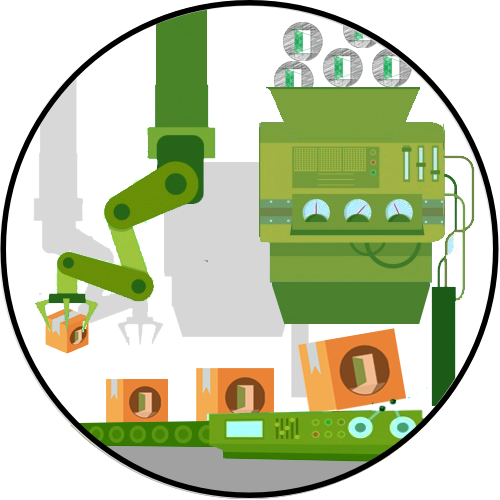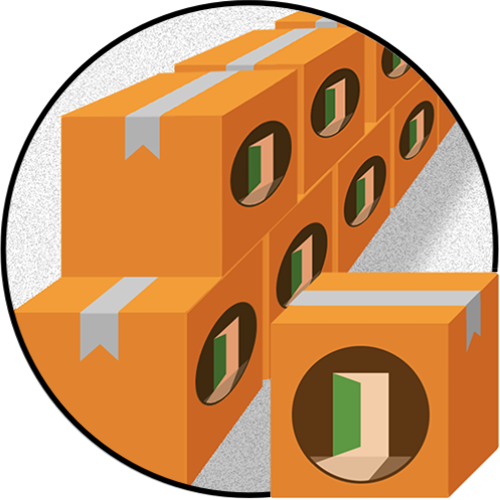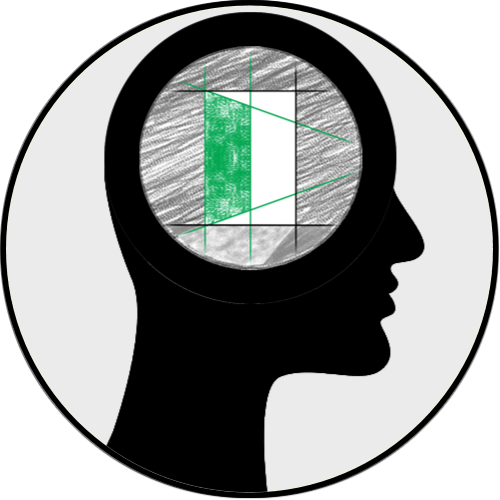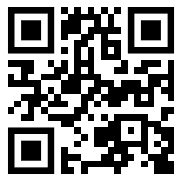Project Based Learning
Before closing the foundations for learning the OpenPBL methodology, I must quickly introduce another active learning methodology, also called PBL (PROJECT Based Learning) by some. To differentiate PBL (Problem) from PBL (Project), some use PjBL as an acronym for the latter. Something we will do throughout this site.
PjBL is a formalized methodology that predates PBL, and which served as inspiration for Howard Barrows in its conception. Despite the similarity of the acronyms, PjBL is different from PBL. Understanding how PjBL works is much easier (and faster) than PBL, precisely because this methodology is more similar to what we have in traditional learning. After all, you've probably already had the experience, as a student, of getting involved in group work, the result of which was a project in the form of a report, prototype, model, artistic piece, or any other artifact.
Artifact, by the way, is the term I use for any media device that expresses the result of knowledge acquisition. It can range from a simple text written in an online editor, to a file report (PDF, MS Word, CAD, etc.), a face-to-face presentation or a video published on YouTube, or even a physical product (a model, a painting, a sculpture, a device, etc.).
Below we have some images of projects that certainly promoted learning for those who created them. The elephant, by the way, was my son's project at school (believe me: it's all made of cardboard, just with inserts, almost the height of an adult).
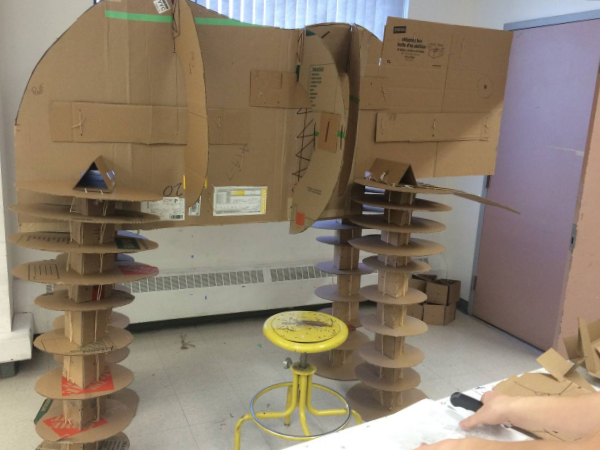

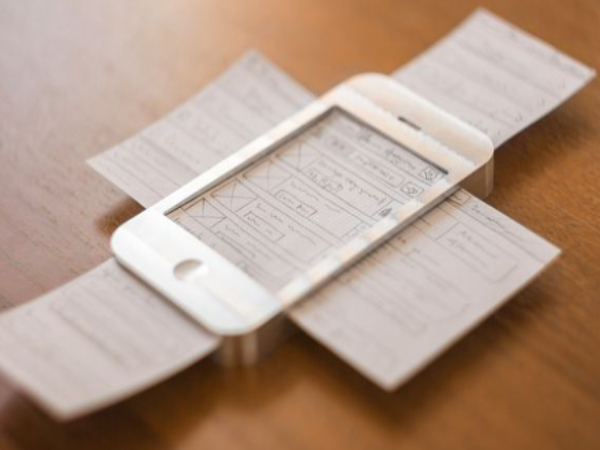
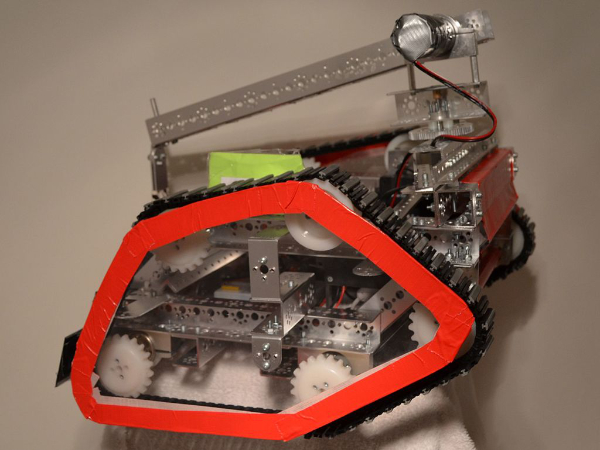
We also have a mobile app prototype, made with the help of another mobile phone prototype itself. The robot, on the other hand, is yet another example, so common in distinctive schools, where students learn programming, mechanics, telecommunications, among many other disciplines. The resulting learning is reached by doing a project that works just by putting all this knowledge together in a single product (transdisciplinarity).
The methodology PjBL
Accordingly to Wikpedia (in English), "project-based learning (PjBL) is a student-centered pedagogy that involves a dynamic classroom approach in which it is believed that students acquire a deeper knowledge through active exploration of real-world challenges and problems. Students learn about a subject by working for an extended period of time to investigate and respond to a complex question, challenge, or problem. PjBL contrasts with paper-based, rote memorization, or teacher-led instruction that presents established facts or portrays a smooth path to knowledge by instead posing questions, problems, or scenarios."
PjBL activity is usually directed by the teacher, who guides the student on a knowledge trail that goes through all the concepts he needs to learn. A concrete end goal is established based on the real world, often resulting in an artifact, as described earlier.
- A project is specified by the teacher to be developed by the student or by the group.
- The student or group studies, researches, divides tasks (in the case of groups), and develops the project over weeks or months.
- The tutor has periodic feedback from the student or the group on the progress of the project, clarifies questions, supervises partial results, corrects wrong decision-making.
- Students or groups occasionally present the evolution of their respective projects to the rest of the class, presenting concepts learned, showing difficulties that arose and solutions found to overcome them.
- At the end of the deadline for the project to be carried out, the student or group presents the final result to the class, clarifying final questions and sharing the acquired knowledge.
- In addition to the assessment carried out by the tutor, there may be assessment carried out by peers of the group, the class, as well as self-assessment for each student. Assessment may involve cognitive and socio-emotional skills.
As PjBL lacks the formalism and rigidity used in PBL, it may be applied in a very flexible way, with few of the items above. The processes, deadlines, objectives, involved and form of evaluation vary a lot, causing the methodology to be confused with a simple assignment submitted for the students to carry out, without the fundamental prerequisites of the methodology. Therefore, although there is no way to present it in cartoons as it was done for PBL, as there is no formal and standardized procedure to be followed, we must at least keep these fundamentals in mind:
- Objective achievement of cognitive and socio-emotional skills necessary in life in contemporary society.
- It is set in the real world, deals with practical work, usually resulting in an artifact.
- It can be done individually or in groups.
- The assessment can be done by the tutor, by the student (self-assessment), and/or by their peers (when the activity is done by a group).
- The cycle of PjBL activity commonly lasts weeks or months.
- It has a transdisciplinary approach.
Differences and similarities between PBL and PjBL
Differences between PBL and PjBL
- PBL necessarily involves group activity, whereas PjBL may make sense in a single student activity.
- The cycle of a PBL activity lasts a few days, while the PjBL cycle can last from a few weeks to an entire school semester.
- PBL has a theoretical approach as a solution: a diagnosis, an idea, a proposal. On the other hand, PjBL involves more practical details of the idea surrounding the solution, and often includes the delivery of an artifact: a report, a project, a prototype, or even a product.
- PBL leads students to an investigation plan about the solution of the problem, opening the focus to a sometimes wide set of solution hypotheses. Meanwhile, in PjBL, students focus on a smaller set of solution possibilities, as they need to delve into practical terms in one or more of them.
- PBL gives the student the opportunity to test their reasoning ability and apply their knowledge to solve the problem. PjBL gives students the opportunity to learn or test their knowledge by designing and, in some cases, executing the project, generating a real product.
- In order not to lose the focus of the project, PjBL has its procedures directed by the professor, while in the PBL methodology the student has more autonomy to deliberate on the knowledge trail that he will follow.
Similarities between PBL and PjBL
- When involving groups, the PjBL assessment may include both: cognitive learning and the socio-emotional learning, from the interaction between group participants during the project.
- Both are aimed at building skills needed for the 21st century, such as: problem solving, critical thinking, empathy, creativity, and teamwork (when PjBL involves groups).
- Both promote a transdisciplinary or interdisciplinary approach to solving the problem or carrying out the project.
- The activities for both are designed in a context of real-world problem solving.
- Both have activities which are more complex to implement than traditional learning, based on exposing concepts, lessons, exercises and tasks.
Challenges in implementing PjBL
The challenges of implementing PjBL are similar to those already presented for PBL. Additionally, due to its methodological flexibility, PjBL is commonly confused with any other school project.
To be characterized as PjBL, the activity must involve the delivery of an artifact, whether in the form of a project, prototype, product, or equivalent. There is also the need for the project to lead to the learning required by the curriculum involved. This implies the design of the project specification to be carefully done by the teacher, which does not always occur.
The framework


